Qhom rugs, also known as Ghom or Qum rugs, are a type of handmade rug that originated in the city of Qom (Ghom) in central Iran. They are among the finest and most luxurious types of Persian rugs, known for their intricate designs and high-quality materials.
Qhom rugs are typically made using a combination of silk and wool, with the foundation of the rug made from cotton. The designs of Qhom rugs often feature floral and medallion motifs, with intricate detailing and vibrant colors. The knot density of Qhom rugs can be very high, with some rugs having up to 1,000 knots per square inch.
Because of their high-quality materials and craftsmanship, Qhom rugs are often among the most expensive Persian rugs. They are also highly coveted by collectors and enthusiasts of Persian rugs. Qhom rugs are often considered to be investment pieces that can appreciate in value over time.
Overall, Qhom rugs are beautiful and luxurious additions to any home, known for their intricate designs and high-quality materials. They are a testament to the skill and craftsmanship of Persian rug weavers, and are a valuable and timeless investment for those who appreciate fine textiles and traditional handcrafts.
What is the process for making a Qhom rug?
The process of making a Qhom rug is a complex and time-consuming one that requires a high degree of skill and craftsmanship. Here are the general steps involved in making a Qhom rug:
1. Design: The design of the rug is created by a master weaver, who draws the pattern onto graph paper and assigns colors to each part of the design.
2. Materials: The materials for the rug are chosen, typically a combination of silk and wool for the pile, and cotton for the foundation.
3. Warping: The cotton foundation threads are stretched onto a loom and tied in place to create the warp threads.
4. Wefting: The weft threads are then woven back and forth across the warp threads to create the foundation for the rug.
5. Knotting: The pile threads (silk and wool) are tied onto the warp threads one at a time to create the design of the rug. The knotting is done by hand and can take many months or even years to complete, depending on the complexity of the design and the size of the rug.
6. Clipping: Once the rug is complete, the pile threads are clipped to create an even surface.
7. Washing: The rug is then washed to remove any excess dirt or debris and to soften the fibers.
8. Finishing: The edges of the rug are then bound with a narrow strip of fabric to prevent fraying.
The process of making a Qhom rug is labor-intensive and requires a high degree of skill and attention to detail. Each rug is a unique work of art that reflects the talent and craftsmanship of the weaver. The result is a luxurious and beautiful rug that is often considered a valuable investment and a treasured family heirloom.
